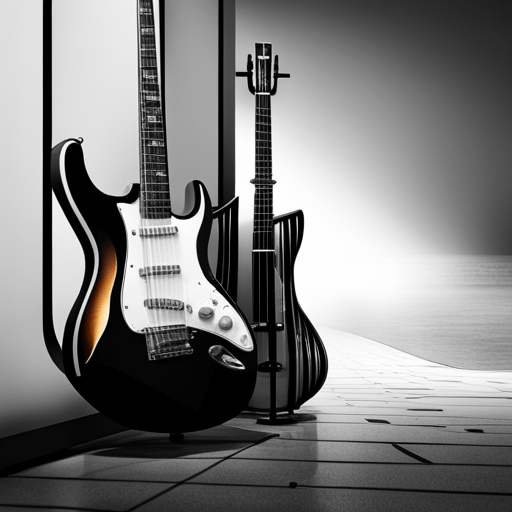Producing Jazz and Blues Music: Rhythms, Solos and Feel

How does one effectively produce rhythms in Jazz and Blues music?
Creating enchanting jazz and blues melodies necessitates a profound understanding of the innate rhythms, remarkable solos, and the intrinsic ‘feel’ – three cardinal elements that define jazz and blues. It’s not merely about the notes but also encapsulates the emotions that these pieces elicit. How do you craft such unique music that has captivated listeners for decades? Let’s delve into an exploration of jazz and blues music production.
The Magic of Rhythm
The rhythm is the heartbeat of any music genre, more so in jazz and blues. Traditional jazz boasts intricate rhythmic structures that differentiate it from other genres. Syncopated rhythms, where the emphasis is not on the beat but between the beats, are prominent in jazz. This practice creates an unforeseen rhythm that lends jazz its characteristic unpredictability.
In blues, the trademark is the 12-bar blues progression, typified by its repetitive rhythmic pattern. Each bar has a specific chord played in a particular order, crafting a comfortable, anticipated rhythm. This rhythm is the backdrop against which the expressive blues melody comes alive.
Syncopation and Swing
Much of the infectious appeal of jazz and blues lie in their inherent syncopation and swing. These elements create movement and a dynamic pulse that engages the listener audibly and physically. Merely stated, the ‘swing’ in jazz is achieved by emphasizing the offbeats, thus creating a rhythmic pattern that deviates from the structured metric pattern. This unexpected ‘offbeat’ rhythm becomes infectiously danceable and is characteristic to jazz.
Significance of Solos
In the realm of jazz and blues, the solo has a distinctive stature. It’s an opportunity for musicians to express their unique style and creativity. Improvisation—the heart of jazz solos—encourages artists to experiment with various melodic themes, branching out from the initial melody.
In contrast, blues solos are more restrained, often focusing on simple, emotive melodies that complement the song’s narrative. The expressivity of a great blues solo lies in its simplicity and the emotion it conveys, often characterized by the artist’s ability to ‘bend’ notes to their emotive will.
Understanding the ‘Feel’
‘Feel’ in jazz and blues encompasses the emotional communication between the performer and the listener. It’s the inexplicable quality that enables music to resonate with the listener’s own experiences and emotions.
Both jazz and blues are built on deeply emotive foundations. Blues traditionally express themes of struggle, lost love, and hardship. Jazz, while also touching upon these themes, often ascends to uplifting, joyful, and vivacious expressions. The ‘feel’ of these genres depends greatly on the artist’s interpretive choices to bring their personal emotive vision to life.
In conclusion, creating jazz and blues music demands an emotional depth, rhythmic understanding, and the ability to craft solos that express individuality, all wrapped up in the elusive ‘feel’ of each genre. It’s much more than just melody and rhythm; it’s about capturing and conveying an emotional narrative that listeners can resonate with.
